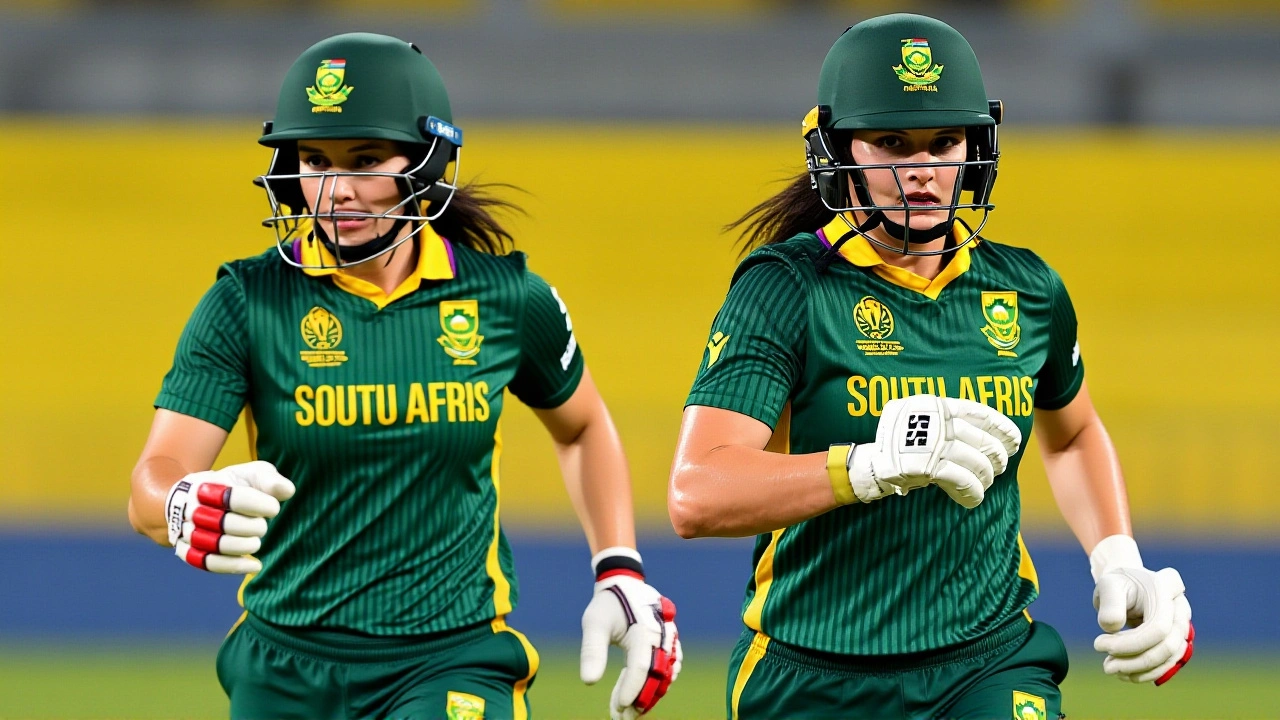Women's Cricket World Cup 2025 – All You Need to Know
When talking about Women's Cricket World Cup 2025, the premier global tournament for women's cricket scheduled for 2025. Also known as WC2025 Women, it brings together the top national sides under one trophy.
The event is organized by International Cricket Council (ICC), the sport's governing body that sets rules, runs qualifications and ensures fair play. The ICC also runs the ICC Women's Championship, which feeds directly into the World Cup lineup. Hosting duties fall to South Africa, a cricket‑loving nation with diverse venues from Johannesburg’s high‑altitude grounds to Cape Town’s seaside pitches. This combination of a strong governing framework and a varied host landscape creates a tournament that demands adaptability, skill and tactical depth.
Format, Qualification and the Teams to Watch
The Women's Cricket World Cup 2025 uses a dual‑phase format: a round‑robin group stage followed by knockout semifinals and a final. Every squad must secure its spot through the ICC Women's Championship or regional qualifiers, meaning the road to the World Cup is as competitive as the event itself. Six teams automatically qualify based on ranking, while the remaining two earn places via Asia, Africa and Europe qualifiers.
Australia, India, England, New Zealand, South Africa and Pakistan are the automatic qualifiers. Australia’s captain, Meg Lanning, brings a blend of aggressive batting and sharp field leadership. India counters with Harmanpreet Kaur’s power hitting and the spin duo of Jhulan Goswami and Poonam Yadav. England leans on seasoned pacer Kate Cross and the rising star Danni Wyatt. New Zealand’s success often hinges on Sophie Devine’s all‑round abilities, while host South Africa counts on Marizanne Kapp’s swing bowling and frontline batting. Pakistan, making a comeback after years of limited exposure, hopes its young talent can surprise.
Beyond the big names, the tournament showcases emerging talents from Ireland, Scotland and the West Indies, each bringing a fresh style that can upset the established order. The mix of experienced veterans and hungry newcomers creates a dynamic where any match can turn on a single over.
Broadcast partners are rolling out multi‑platform coverage, ensuring fans worldwide can follow the action live or on‑demand. Social media feeds are set to highlight key moments, player interviews and behind‑the‑scenes glimpses of training camps.
What does this all mean for women's cricket? The World Cup acts as a catalyst for investment, grassroots growth and visibility. Successful hosting by South Africa is likely to spur infrastructure upgrades, while the ICC’s focus on gender parity will drive more funding into women's leagues. The tournament also offers a platform for sponsors to align with a sport that’s gaining momentum across Asia, Africa and Europe.
In the weeks ahead, expect analyses of pitch conditions, weather impacts and tactical match‑ups. The stories you’ll find below dive into every angle – from qualification drama to player fitness updates – giving you a complete picture of the Women's Cricket World Cup 2025 and why it matters for the future of the game.

South Africa Women Crush Pakistan by 150 Runs at Colombo World Cup Showdown
South Africa Women posted a record 312/9 and beat Pakistan by 150 runs at Colombo, securing top spot in the Women's Cricket World Cup 2025 and advancing to the semifinals.